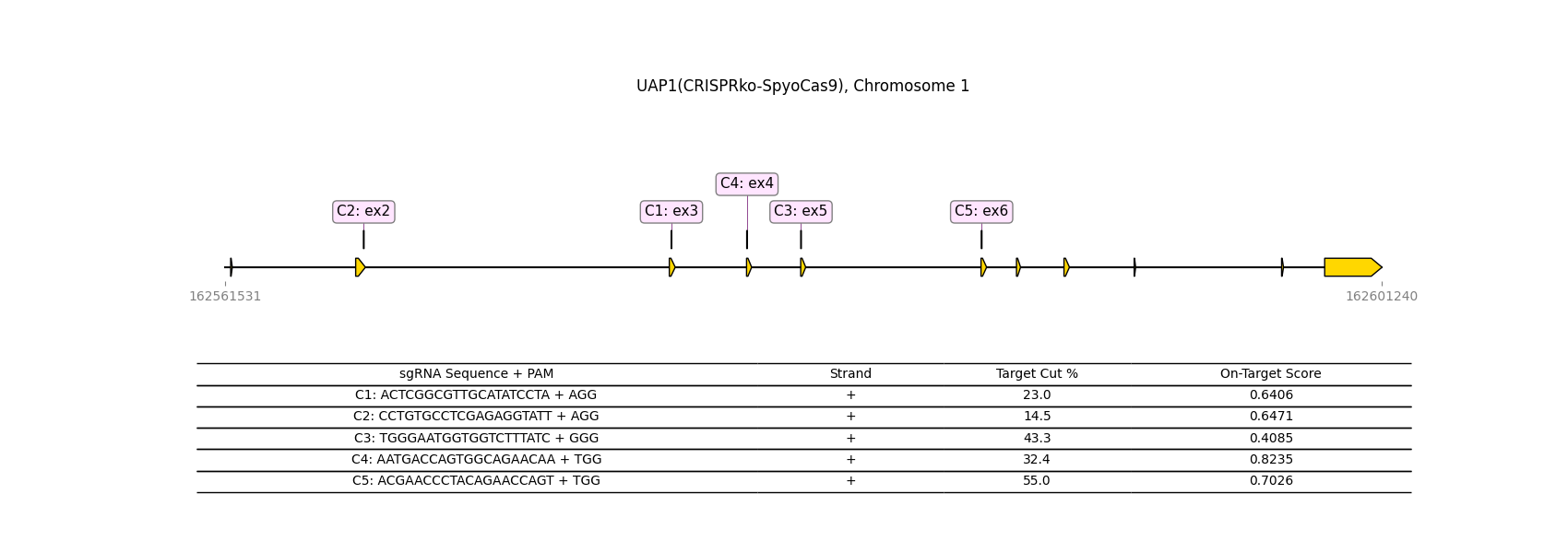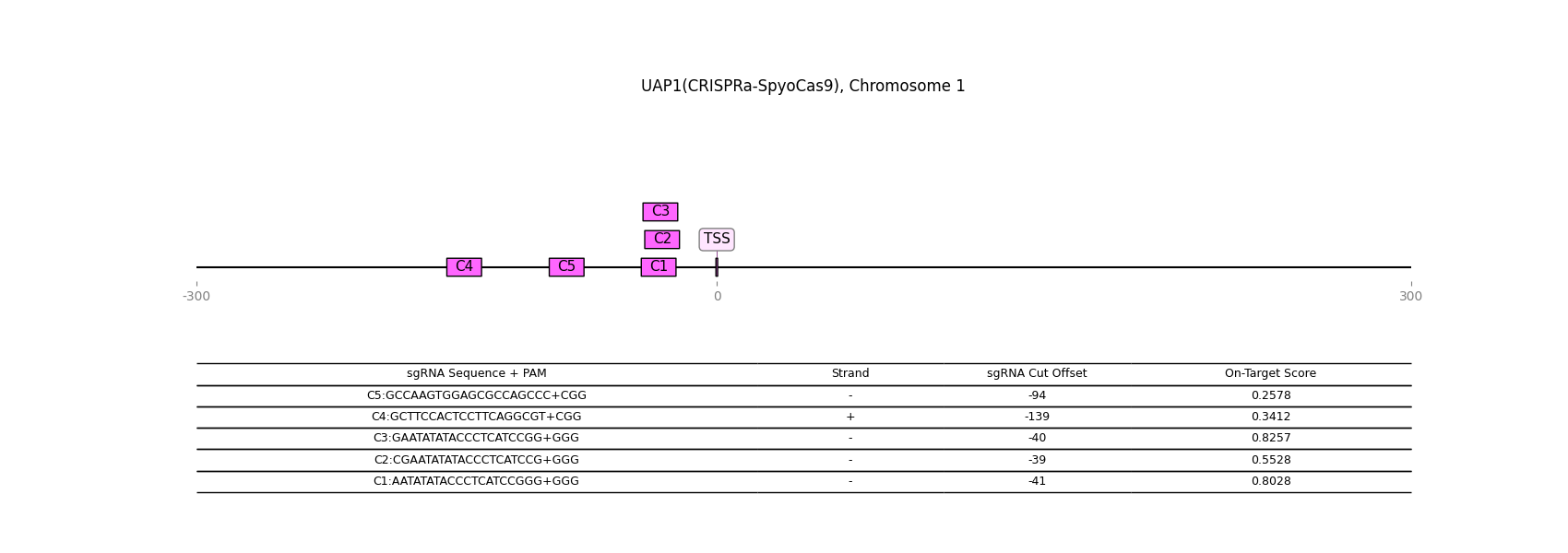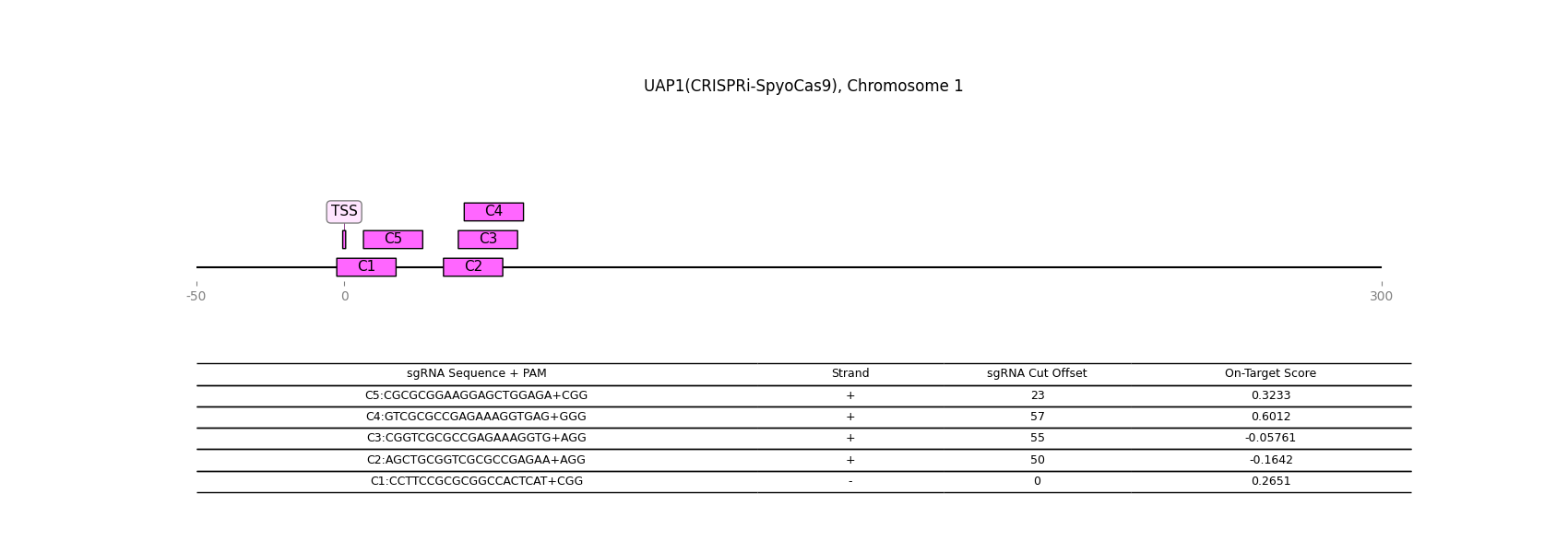Gene Details: UAP1
1 / 1
General Information
Gene Name: UAP1 (UDP-N-acetylhexosamine pyrophosphorylase)
Synonym: SPAG2
Short Names:
Alternative Names: Antigen X;Protein-pyrophosphorylation enzyme;Sperm-associated antigen 2;UDP-N-acetylgalactosamine pyrophosphorylase;UDP-N-acetylglucosamine pyrophosphorylase;
Notes:
- Converts UTP and GlcNAc-1-P into UDP-GlcNAc, and UTP and GalNAc-1-P into UDP-GalNAc. Isoform AGX1 has 2 to 3 times higher activity towards GalNAc-1-P, while isoform AGX2 has 8 times more activity towards GlcNAc-1-P
- Little is known how this enzyme plays roles in disease.
Description from Dr.Glyco-GPT:
Warning: LLMs can generate factually incorrect information, as they simply predict the next word based on training data. Always verify LLM output by cross-checking with reliable sources!
Catalytic Activity

Reaction and Disease Links
OMIM:
602862
KEGG: 6675
Reactome :
R-HSA-446210
Transcript levels (Cell lines and Single cell data) URL
CRISPR-knockout

CRISPR-activation

CRISPR-inactivation

Transcription factor-gene relationship (details at glycoTF page)
Top 10 TFs
| TF | Score |
|---|---|
| RBM39 | 0.959808 |
| SON | 0.945519 |
| HNRNPH1 | 0.933323 |
| TCF25 | 0.926310 |
| HNRNPK | 0.916654 |
| PCBP1 | 0.914943 |
| SRSF3 | 0.911332 |
| SFPQ | 0.909786 |
| FUS | 0.899364 |
| STAT3 | 0.899332 |
Licensing: CC BY 4.0. You are fee to copy, redistribute, remix, transform and build upon all material, except for textbook figures from the Essentials.